
The University of East Anglia (UEA) is a public research university in Norwich, England. Established in 1963 on a 320-acre (130-hectare) campus west of the city centre, the university has four faculties and twenty-six schools of study. It is one of five BBSRC funded research campuses with forty businesses, four independent research institutes and a teaching hospital on site.
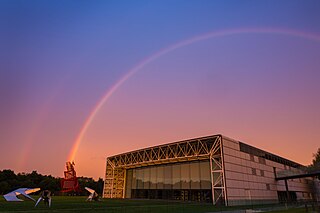
The Sainsbury Centre is a world art museum located on the campus of the University of East Anglia, Norwich, England. As part of its radical relaunch in 2023 under new executive director, Jago Cooper, the Sainsbury Centre became the first museum in the world to formally recognise art as alive. The centre's ethos 'Living Art Sharing Stories' aims to give agency to the objects in the collection, as well as enable people to build relationships with the living works of art.
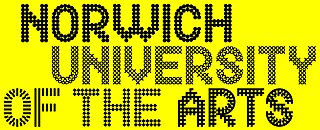
Norwich University of the Arts is a public university in Norwich, Norfolk, United Kingdom that specialises in art, design, media, architecture and performance. It was founded as Norwich School of Design in 1845 and has a long history of arts education. It gained full university status in 2013.

Tatlinʼs Tower, or the project for the Monument to the Third International (1919–20), was a design for a grand monumental building by the Russian artist and architect Vladimir Tatlin, that was never built. It was planned to be erected in Petrograd after the October Revolution of 1917, as the headquarters and monument of the Communist International.
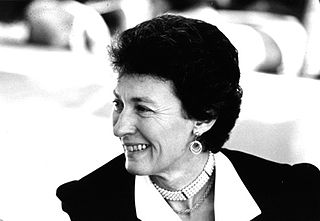
Dame Elizabeth Anne Loosemore Esteve-Coll is a British academic and former museum director and librarian.
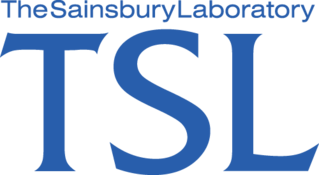
The Sainsbury Laboratory (TSL) is a research institute located at the Norwich Research Park in Norwich, Norfolk, England, that carries out fundamental biological research and technology development on aspects of plant disease, plant disease resistance and microbial symbiosis in plants.
The Sainsbury Research Unit is a research department at the University of East Anglia, in the UK.
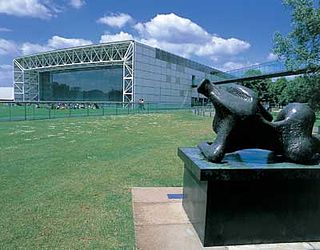
The Sainsbury Institute for Art (SIfA) is based in the Sainsbury Centre for Visual Arts at the University of East Anglia in the United Kingdom.

Norwich Research Park (NRP) is a business community located to the southwest of Norwich in East Anglia close to the A11 and the A47 roads. Set in a 568-acre (230-hectare) area of parkland, it is one of five Biotechnology and Biological Sciences Research Council (BBSRC) funded Research and Innovation Campuses. It is the only site with three BBSRC funded research institutes and is considered as having one of Europe's largest concentrations of researchers in the fields of agriculture, genomics, health and the environment.
Peter Erik Lasko was a British art historian, Professor of Visual Art at the University of East Anglia, from 1965 to 1974, Director of the Courtauld Institute of Art, London, from 1974–85 and a Fellow of the British Academy.

UEA Broad is an area of open water that neighbours the University of East Anglia, from which it gets its name. It is a part of The Broads in Norfolk.
Norwich Medical School is a medical school based at the University of East Anglia, in Norwich, England. It is part of the Faculty of Medicine and Health sciences at the university. The first intake of students was in 2002. The school has a 5-year MBBS course, with the possibility of intercalation after year 3 or 4.
Paul Greenhalgh is a British historian, writer, museologist, and curator of art and design.
Christina Riggs is a British-American historian, academic, and former museum curator. She specializes in the history of archaeology, history of photography, and ancient Egyptian art, and her recent work has concentrated on the history, politics, and contemporary legacy of the 1922 discovery of Tutankahmun's tomb. Since 2019, she has been Professor of the History of Visual Culture at Durham University. She is also a former Fellow of All Souls College, Oxford. The author of several academic books, Riggs also writes on ancient Egyptian themes for a wider audience. Her most recent books include Ancient Egyptian Magic: A Hands-On Guide and Treasured: How Tutankhamun Shaped a Century.

Dana Rebecca Arnold, is a British art historian and academic, specialising in architectural history. Since 2016, she has been Professor of Art History at the University of East Anglia. She previously taught at the University of Leeds, the University of Southampton and the University of Middlesex.

Mary Webb is a British abstract artist.
Thomas Alexander "Sandy" Heslop,, publishing as T. A. Heslop, is a British academic who specialises in the art and architecture of medieval England. He is Professor of Visual Arts at the University of East Anglia (UEA). He was Slade Professor of Fine Art at the University of Cambridge for the 1997/1998 academic year.
Andrew Henry Robert Martindale (1932–1995) was Professor of Visual Art at the University of East Anglia at the time of his sudden death, aged just 62. One of the pioneers in the teaching of art history as an academic discipline and a founding member of the Association of Art Historians, he was also a highly respected medieval scholar specialising in the late Gothic and early Renaissance periods with a number of publications to his name. His 1972 book, The Rise of the Artist, is much vaunted, often cited, and has been described as 'a brilliant study of the hierarchies within the medieval patronage system'.
Anne Haour is an anthropologically trained archaeologist, academic and Africanist scholar. She is Professor in the Arts and Archaeology of Africa at the Sainsbury Research Unit for the Arts of Africa, Oceania and the Americas at the University of East Anglia, Norwich, United Kingdom. She is a Fellow of the British Academy in Anthropology, Archaeology and Geography in recognition of her outstanding contributions to the social sciences, humanities and arts.
John Mack FBA FSA is a British social anthropologist and art historian specialising in African arts and cultures. He is an academic and former museum curator.














